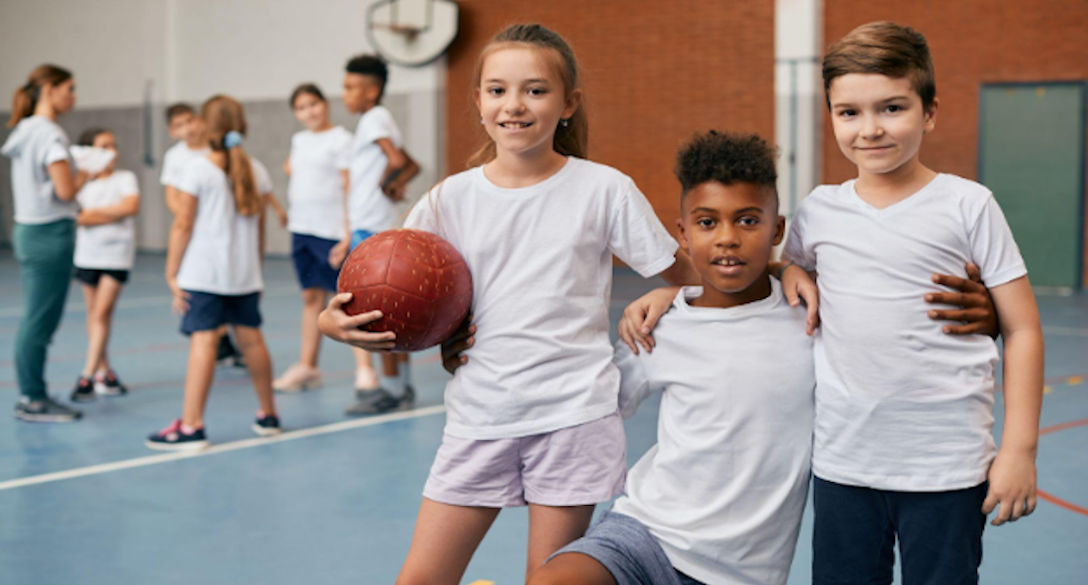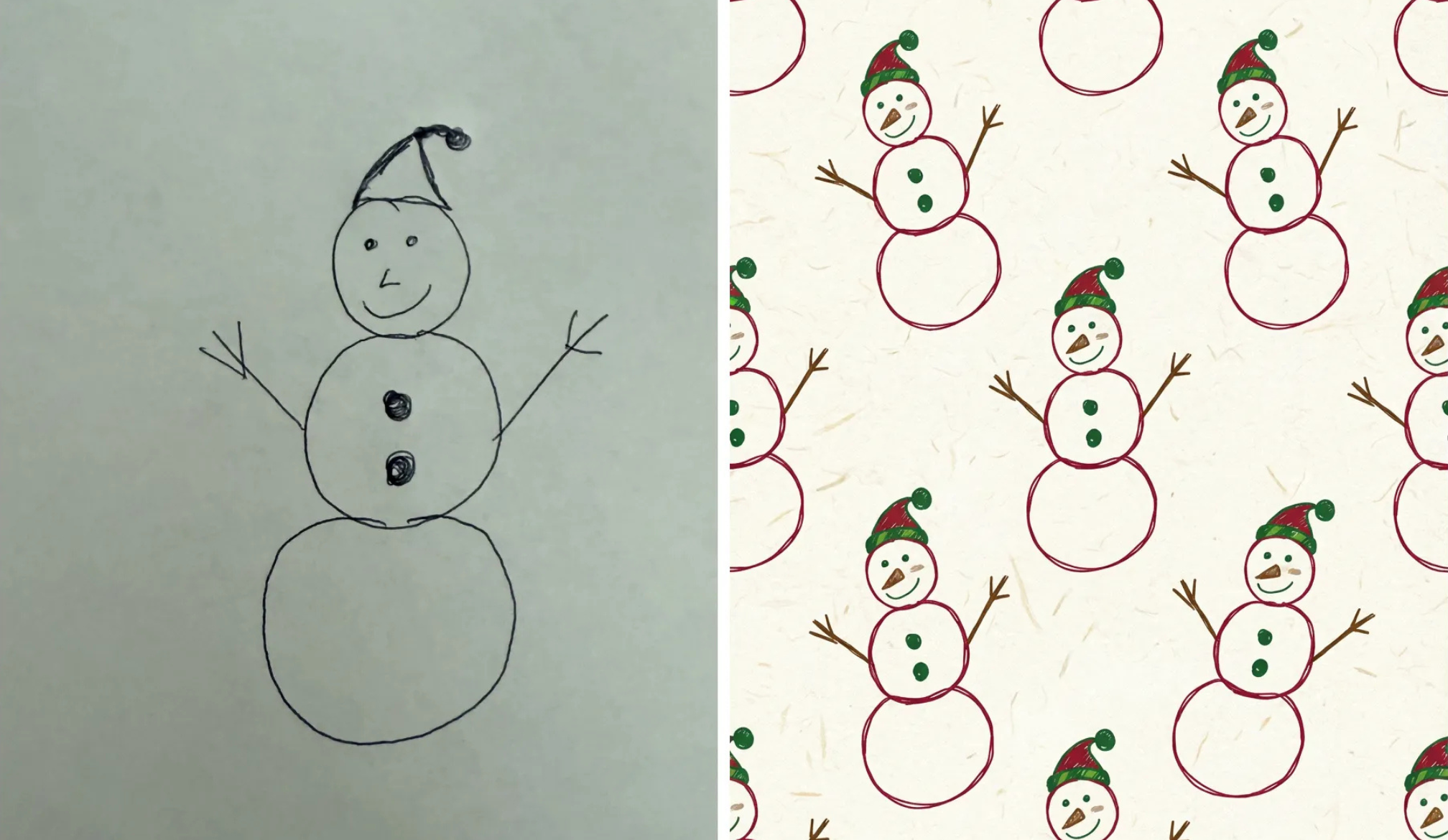Why School Breaks Are the Perfect Time to Build Real Game Skills

- School holidays provide uninterrupted time to focus on individual skill development
- Players often return sharper and more confident after structured break-time training
- Holiday sessions offer depth and variety that term programs can’t always deliver
- The mix of focused training and downtime sets up long-term on-court improvement
When the final school bell rings and routines come to a pause, something interesting happens. Time stretches out, energy returns, and your young athlete suddenly has space to breathe. That space isn’t just for rest—it’s a chance to focus on the parts of their game that don’t always get attention during term. If your child loves basketball, school breaks might be the best time actually to level up their skills. Without the distraction of homework or the pull of weekend fixtures, players can get into a rhythm, try new moves, and develop real court confidence.
The hidden advantages of off-season learning
Term-time basketball can feel like survival mode. Players often show up tired from school, squeeze in drills between dinner and study, and then rush home to complete their assignments. It’s functional, but it doesn’t always facilitate in-depth learning. That’s why school breaks create such a different environment. The pressure lifts. Athletes aren’t worried about the maths test tomorrow or whether they’ve remembered their PE gear. They show up more relaxed—and that changes how they train.
There’s also more mental clarity during holidays. Coaches often see players becoming more adventurous, trying riskier plays or fine-tuning specific parts of their game. With no immediate competition looming, they’re not playing to win. They’re learning. Over time, that shift adds up. Players who take advantage of holiday training often return to term-time games with improved footwork, enhanced court awareness, and sharper decision-making under pressure.
What makes holiday training different from term programs
Holiday programs often run over several consecutive days, allowing skill progression to occur more quickly. Instead of working on one concept each week, players might spend three solid sessions refining just their ball-handling or shooting form. The repetition helps build muscle memory, while the variety in sessions keeps things from getting stale.
In many cases, a basketball holiday camp will include visiting coaches or different training structures that players don’t get access to during the regular season. This might mean scrimmage formats that focus on situational decision-making or drills that push players into unfamiliar roles. It’s not just about improving technique—it’s about seeing the game differently. Without the usual team dynamics or match expectations, players can explore, make mistakes, and experiment. That freedom is rare during the busy school calendar, but it’s where a lot of growth happens.
Real-world gains from focused holiday play
There’s a noticeable difference in players who make use of their break versus those who take the entire time off. It’s not just physical conditioning—it’s game sense. Coaches often see clearer decision-making, more confident movement off the ball, and tighter handling from players who spent their school holidays staying active on court.
For younger players, that might mean finally mastering their non-dominant hand or finding rhythm in their shooting mechanics. For teens, it can look like learning to read defensive pressure or reacting faster in transition. Because holiday training strips away the chaos of weekly matches, there’s room to break things down and rebuild from the ground up.
Parents sometimes notice these shifts before coaches do. Confidence shows up differently in a player who has spent a week immersed in the game. They’re sharper, less reactive, and more self-assured. That kind of growth rarely comes from playing more games—it’s built in the quiet hours of focused practice.
Making the most of school break opportunities
It’s tempting to overpack the holidays, but when it comes to sport, less often means more effective. The best programs strike a balance: they challenge the player without exhausting them. That balance matters. Training on tired legs or with a foggy brain won’t build good habits—it’ll just reinforce sloppy ones.
When choosing a program, think about where your child is now, not just where they want to be. A good fit will stretch their skills without overwhelming them. And while some camps focus on fun and variety, others offer a more structured pathway for technical improvement. Both have value—it depends on what your child needs at this moment.
There’s also value in downtime. Players should also rest, sleep, and engage in unstructured play. However, carving out even a few days for skill-focused training can set the next term off with real momentum. It’s a low-pressure window with high potential. And for a young athlete, that’s a rare opportunity.
Conclusion
Holidays might feel like the perfect time to slow down, but for young basketball players, they can be the ideal moment to accelerate development. Without the weight of school schedules and weekend games, there’s finally room to dig into the parts of the game that matter most. Whether it’s refining footwork, improving shot consistency, or building confidence in high-pressure situations, school breaks create space for real, lasting growth. It’s not about doing more—it’s about doing the right things while the noise is turned down.























